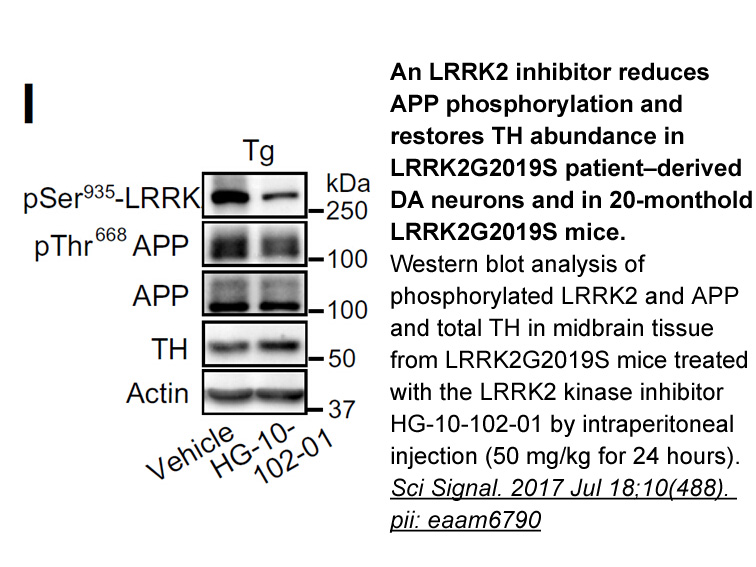Archives
Several genes related to metabolism post transcriptional reg
Several genes related to metabolism, post-transcriptional regulation, chromatin structure, and signaling pathways are required for the sexual development and virulence of G. zeae (Baldwin et al., 2010, Bluhm et al., 2007, Ding et al., 2009, Han et al., 2007, Hou et al., 2002, Jenczmionka et al., 2003, Kim et al., 2009, Kim et al., 2007, Lee et al., 2009b, Seong et al., 2005, Urban et al., 2003, Yu et al., 2008, Zhou et al., 2010). Microarray and two-dimensional protein electrophoresis data have revealed a large number of genes that are differentially expressed during developmental stages in G. zeae (Carapito et al., 2008, Güldener et al., 2006, Hallen et al., 2007, Lee et al., 2008, Lee et al., 2006).
Acetyl-CoA is the most important metabolite that connects catabolism and anabolism. Acetyl-CoA generated through the degradation of carbohydrates, lipids, and amino acids is used for the synthesis of several cellular components, and nucleocytosolic acetyl-CoA is particularly important in the acetylation of histones (Fatland et al., 2000, Oliver et al., 2009, Wellen et al., 2009). In filamentous fungi, acetyl-CoA also serves an important precursor for several metabolites, such as polyketides, terpenes, and lipids. G. zeae produces mycotoxins that are derived from acetyl-CoA and requires the storage of lipids for sexual development (Guenther et al., 2009).
Acetyl-CoA is generated via three different mechanisms in nonphotosynthetic eukaryotic cells. Firstly, pyruvate dehydrogenase complex catalyzes the irreversible conversion of pyruvate to acetyl-CoA in mitochondria where acetyl-CoA is used for energy generation through the tricarboxylic mCAP (TCA) cycle. Secondly, acetyl-CoA synthetase (ACS) mediates the synthesis of acetyl-CoA from acetate in the cytosol and mitochondria. Lastly, membrane-impermeable acetyl-CoA can be moved to the cytosol from mitochondria through a citrate–pyruvate shuttle (Lehninger et al., 1993). Most eukaryotes use this shuttle system for the translocation of acetyl groups from the mitochondrial matrix to the cytosol (Hatzivassiliou et al., 2005). Citrate, which results from a reaction mediated by citrate synthase between oxaloacetate and mitochondrial acetyl-CoA, passes through the tricarboxylate carriers and is then cleaved by the cytosolic enzyme adenosine triphosphate (ATP) citrate lyase (ACL) into oxaloacetate and cytosolic acetyl-CoA (Lehninger et al., 1993). This important function of ACL as a gateway between the glycolysis-TCA cycle and anabolic pathways suggests that this enzyme participates in the regulatory function of metabolic processes as well as enzymatic reaction (Bauer et al., 2005).
ACL is present in fungi, plants, animals, and some prokaryotes (Fatland et al., 2002). The mammalian ACL, ACLY, is a homotetrameric enzyme and has been studied as a target for treating cancer and obesity since it is involved in cell proliferation and lipid biosynthesis (Bauer et al., 2005, Bray and Greenway, 1976, Wellen et al., 2009). In mammalian cells, ACL positively regulates the glycolytic process by regulating transcriptional activation through histone acetylation and by inhibiting glycolysis during hypoxic conditions (Bauer et al., 2005, Beckner et al., 2010, Wellen et al., 2009). In plants, ACL is encoded by two genes, and each gene product has sequence similarity with the N- and C- terminal regions of mammalian ACLY, respectively. These two sub-units of ACL localize in the plastid for de novo biosynthesis of lipids and in the cytosol for the mevalonate pathway or fatty acid elongation (Rangasamy and Ratledge, 2000). Defense or environmental stress related functions of ACL have been studied in plants as well (Suh et al., 2001, Takeuchi et al., 1981). In several ascomycete fungi, two different sub-units of ACL are adjacent on a chromosome and both genes are required for sexual reproduction (Hynes and Murray, 2010, Nowrousian et al., 1999, Nowrousian et al ., 2000). However, understanding of the functional mechanism involved in sexual development has been limited.
., 2000). However, understanding of the functional mechanism involved in sexual development has been limited.